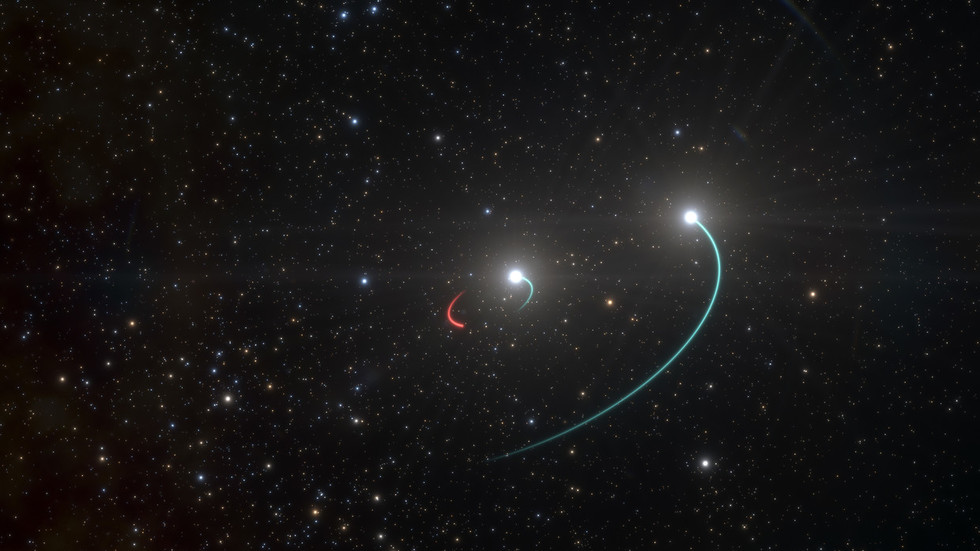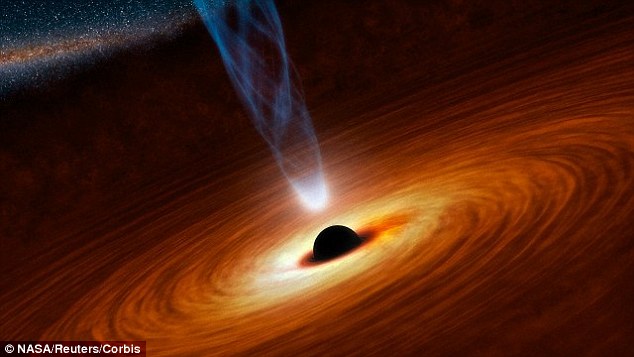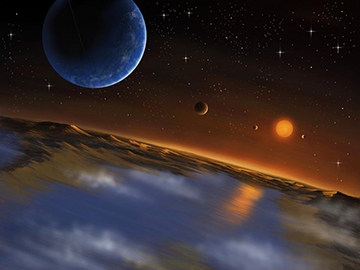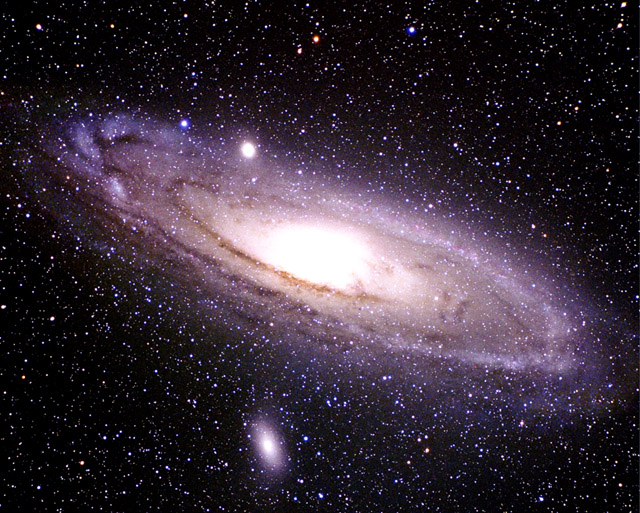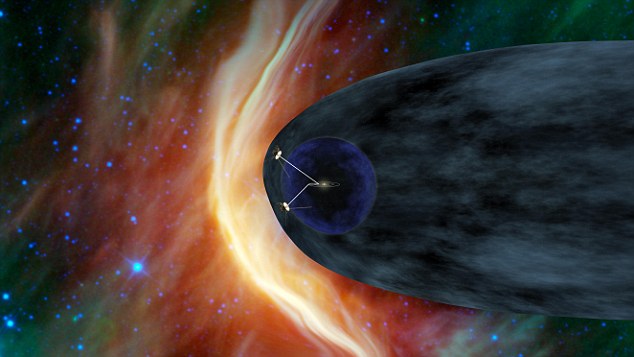Home » Posts tagged with "Stars"
Closest to Earth Black Hole turns out to be rare kind of Star after all
A growing body of research posits that the star system HR 6819 does not contain a black hole, contrary to earlier findings. It may instead boast a unique pair of stars.
The object located some 1,120 light-years from Earth has been preliminarily demoted from a bewildering black hole to a binary star system with a rather unusual orbit.
The system consists of a very hot Be spectral type star which spins...
Black Holes DON'T Exist and the Big Bang is MYTH, Scientist Offers Mathematical Proof
A scientist from University of North Carolina states she has mathematical proof that black holes (illustrated) can’t exist. She said it is impossible for stars to collapse and form a singularity. Previously, scientists thought stars larger than the sun collapsed under their own gravity and formed black holes as they died.
When a huge star many times the mass of the sun comes to the end of its...
NASA Discovers Three More Potentially Habitable Alien Worlds
The mission has discovered “two new planetary systems that include three super-Earth-size planets in the ‘habitable zone,’ the range of distance from a star where the surface temperature of an orbiting planet might be suitable for liquid water.”
Five planets are in the Kepler-62 system, and two planets are in the Kepler-69 system. Two planets from the Kepler-62 system–62e and 62f–and one...
Astronomers Discover Planet with 4 Stars
Astronomers have identified a giant gas planet, located just under 5,000 light-years away, that its sky is illuminated by four different stars (suns).
According to the report published in Astrophysical Journal, the planet named PH1, after the Planet Hunters site, is slightly larger than Neptune and about six times the size of Earth.
Two US volunteers, Kian Jek of San Francisco and Robert Gagliano...
Researchers indentify massive galaxy with high star production rate
The handout illustration provided by NASA shows Phoenix, the newly-found galaxy.
Astronomers have recently discovered a distant gigantic galaxy cluster that is capable of giving birth to new stars at an extraordinary rate.
Observations from NASA’s Chandra X-ray Observatory, the US National Science Foundation’s South Pole Telescope and eight other observatories, showed that the newly-discovered...
Kepler space telescope records the number of superflares
NASA’s Kepler space telescope has recorded the number of superflares or enormous releases of magnetic energy that can damage a nearby orbiting planet.
According to the report published in the journal Nature, superflares are much less frequent on slow-rotating stars like our Sun.
The biggest recorded flare on the Sun happened on September 1, 1859 and according to English astronomer Richard Carrington...
NASA discovers 11 new Solar Systems
An artist's impression of the orbital position of planets in systems discovered by NASA's Kepler mission
NASA’s Kepler space telescope has discovered eleven new planetary systems confirming the existence of 26 new planets outside our solar system.
The newly found planets range in size from 1.5 to five times the diameter of Earth and are closer to their host star than Venus is to the Sun.
None...
Big Holes in Big Bang Theory
Big Bang scientists extrapolate a hypothetical scenario from a few facts. Yes, some galaxies are expanding, moving further away, but this is not the case with the entire universe. There are galaxies in the universe running perpendicular to the rest of the galaxies. That’s contrary to Big Bang. If Big Bang really occurred, there should be a uniform distribution of gasses.
This uniform distribution...
Voyager probe Reaches Outer Limits of the Solar System
More than three decades after launching, NASA’s workhorse spacecraft is inching closer to leaving the solar system behind.
Currently 11 billion miles away from the sun, Voyager 1 has been exploring the fringes of the solar system since 2004.
On Monday, the spacecraft entered a new region, known as the ‘stagnation zone’ – an area close to the very edge of our solar system, affording...
Kepler finds planet with double sunset
The newly discovered Kepler-16b orbits two suns.
Scientists say NASA’s Kepler spacecraft has for the first time detected a distant planet with a double sunset orbiting two waltzing stars.
According to the report published in the journal Science, there is a double sunset on Kepler-16b when the day ends.
“This is really a stunning measurement by Kepler,” Reuters quoted Alan Boss of...
Second sun may appear at any moment
Second sun may appear at any moment.
Scientists claim that Betelgeuse, a star 640 light years away from Earth, is going to explode soon. Nikolai Chugai, head of the department of Variable Stars and Astronomical Spectroscopy of the Russian Academy of Sciences’ Institute of Astronomy shares his views with RIA Novosti’s Samir Shakhbaz, on possible threats and impact this star may cause to our planet.
Samir...
